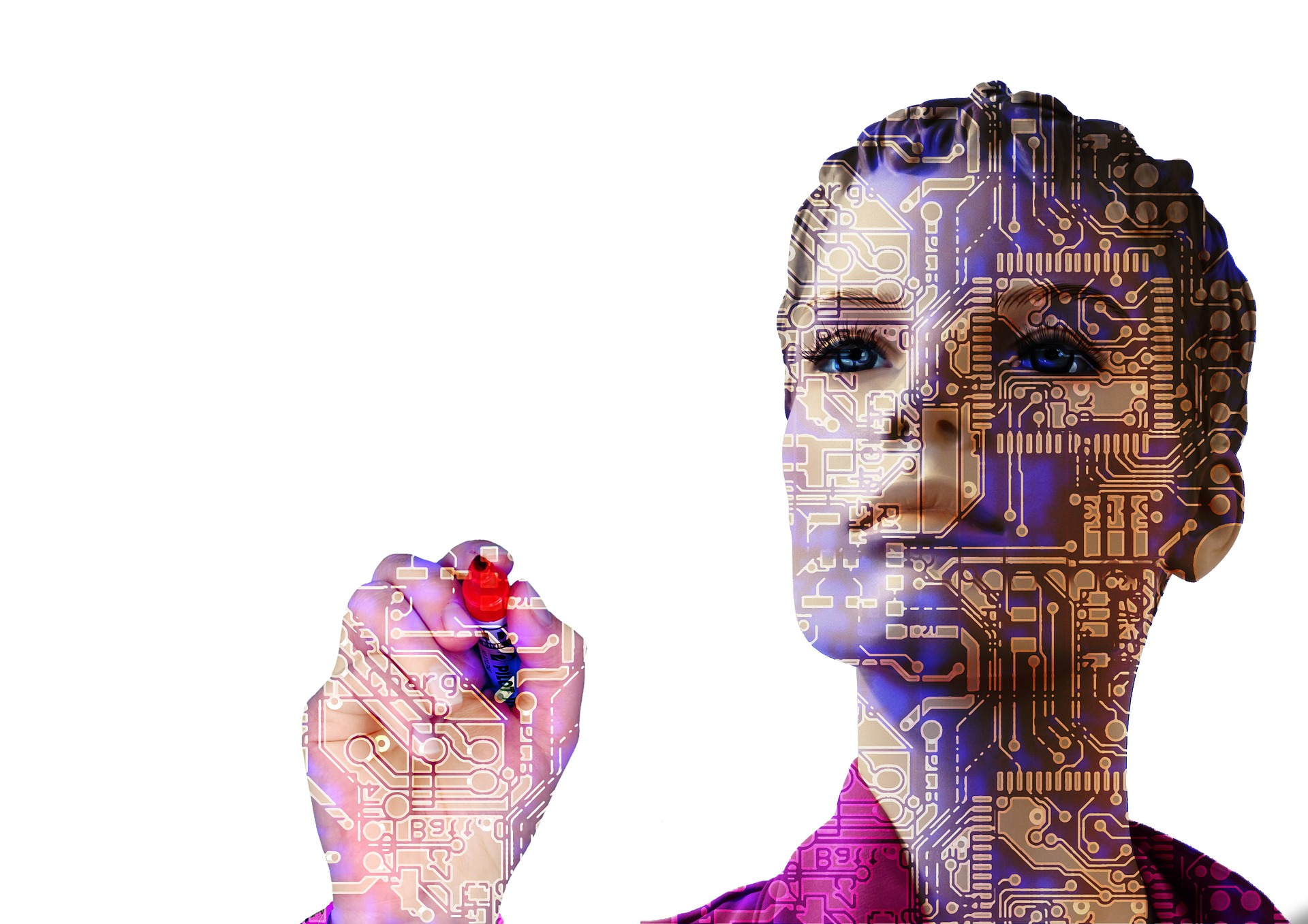
Top 10 tech trends for 2020. How important is data?
Although it is difficult to accurately predict what will happen in the near future, Gartner, a strategic consulting firm in the field of information technology, has outlined the ten strategic trends for 2020. Hyper-automation, blockchain, distributed cloud to name a few. How much data will be produced in the next few years and how can it be used to support innovative business strategies?
The technological trends identified for 2020 show the way forward, the trends to study, to prepare for the changes that will affect organizations and companies in the coming years. Everything will inevitably revolve around data management and analysis: “These trends have a profound impact on people and the spaces they live in,” says David Cearley, Garner Distinguished VP analyst. “Instead of building a technology stack and then exploring potential applications, organizations must first consider the business and human context”. The strategic advice is to understand how these technologies affect people, understood as customers and employees, without forgetting the places they live in, namely homes, offices, and cars.
The AEC sector is also clearly involved, as artificial intelligence (AI) in the form of machine learning (ML), with hyper-automation and edge computing combined, can make buildings intelligent and urban spaces highly integrated. Always at the service of the people who generate data and live these spaces.
You have to find your own TechQuilibrium as defined by Gartner, that is the point of equilibrium where the company with its workflow finds the right system integration between traditional and digital resources. As also stated in the previous article, the technological challenges that the various sectors are experiencing require the correct business model that must involve people and lived spaces. To do this it is necessary to know the new trends and understand how to use the data produced because this is what new digital technologies feed on.
As said at the Oracle day Summit of 05/11/2019 by Stefano Epifani, lecturer and president of the Digital Transformation Institute, “You cannot resist the change dictated by artificial intelligence, by innovation, but at the same time … you cannot reduce all digital transformation to the topic of process automation or their re-engineering. The true transformative dimension is a revolution of meaning, so profound that it changes things, their structure, and their nature “. This is the only approach to dealing with the mixed feeling of rejection and enthusiasm for what is unknown. We have already found ourselves in the past with this difficult relationship between man and machine, that machine that made possible, especially in the West, the industrialization process first and then the technological revolution. Now is the time for digitization.
In the analysis of new technologies, there are two broad categories, namely “human-centric” technologies and “smart spaces” technologies. In this article, we will discuss the human-centric technologies category, which includes:
1. Hyper-automation
The so-called hyper-automation deals with the application of advanced technologies, including artificial intelligence (AI) in combination with machine learning (ML), to automate processes more and more. In some cases, this implies the creation of a digital twin of the entire process, which allows functions to be viewed with key performance indicators interacting with each other to monitor activities. The crux of the matter will not be on tools, but on the new human role that will be that of designing, analyzing, measuring, and monitoring a process.
The starting point for the AEC sector is the BIM model, the digital twin of the product, the subject of a design, construction, and management process. The data that is produced by the supply chain are many, but to date, they are not collected. Through the push of customers and interested stakeholders, we will have an increase in AI solutions, which thanks to data will be able to offer innovative solutions to some fundamental areas of our sector:
A design that starts from a solid basis of data analysis to return possible design alternatives;
Reduction of costs and delays in the completion of projects;
The intertwining of data processed and translated into efficient solutions from IoT systems, for monitoring buildings and related activities.
The application of AI on a vast and varied amount of data will bring advantages to companies up to suppliers, allowing to avoid laborious manual calculations and allowing technicians to have strategic decision support, creating value for the end customer.
2. The multi-experience
By Multiexpirience we mean the way in which people perceive the changing digital world, with which we will always be forced to interact and confront ourselves in the future. All without forgetting the use of interfaces, digital platforms, and the Internet of things. Over the next decade, this trend will be part of our everyday life with immersive experiences using augmented reality, virtual reality, mixed reality, human-machine multi-channel interfaces, and sensor technologies.
In our sector, we will increasingly talk about immersive design thanks to augmented reality and virtual reality . They will transform the way we design buildings, visualizing the changes of the project in real-time, having the impression of touching a project as if it had already been built. Customers will be able to immerse themselves in the properties they are going to buy. Furthermore, it is already possible to carry out training and remote monitoring activities, from a safe environment, on systems located in hazardous and complex environments.
3. The democratization of competences
The democratization of technology with the aim of providing people with easy access to technology and technical and business expertise. The key aspects are the democratization of data and analysis tools with the aim of the democratization of knowledge. This trend focuses on specific areas that affect the development of applications attached to the data analysis to make democratic and intuitive not only access to data but also its interpretation.
In our branch, it will be essential to allow access to information not only to professionals in the sector who know the BIM methodology but also to all those who do not know it. The tools that are revolutionizing our area of expertise are:
The system integration between data coming from multiple sources will allow to manage and monitor the design, construction, and management activities of the artifacts, with the interpretative support, derived from the application of AI and ML;
Thanks to the innovative access to data, the multi-experiences previously described will allow a more immediate process of democratization of technology, as a support to the decision-making processes of the various professionals in the sector.
4. Transparency and traceability
Technological evolution is creating a crisis of trust in terms of digital ethics and privacy. It is clear that the nerve center is the ownership and protection of personal data. There are three areas on which companies will have to focus to ensure transparency and employee trust: management of AI and ML, data privacy with all aspects related to ownership and control of these, finally, ethical aspects with implications for business.
A very important issue today is the protection of the intellectual property of information models, the assignment of possession of databases, the security, and confidentiality of personal data. In particular, we refer to the adoption, availability, and management of the data present in the CDE and the great open topic of legal BIM and the intellectual property of data and information models.
5. Increase in human capabilities
Technology can be used to make improvements to the human experience, both on a cognitive level, allowing greater access to information, and on a physical level with devices that will increase human capabilities. Over the next decade, these phenomena will create new business models that will also be a synthesis of the points previously discussed. The increase in human capabilities will be the result of the democratization of technology, thanks to access to data due to multi-experience on the one hand, and to the application of AI and ML for data interpretation on the other.
Let’s try to imagine a digital construction site, with drones monitoring the works from the other; sensors applied to objects and people to prevent and avoid injuries; AR viewers that allow access to the information contained in digital twins. The construction site automation will also revolutionize the construction sector with robotics, autonomous excavation vehicles, exoskeletons, 3D printers. The goal of robotics is not to replace human work, but certainly to improve it qualitatively.
As we will deepen in the next article, all these tools aim to design architectures as digital spaces at the service of those who have to experience these spaces. In fact, Gartner’s strategic advice is to design new technologies to serve the people who will benefit from it. The digital humanism we are experiencing aims to put man back at the center of life and processes, through ” smart places “. We will talk about these in the next article starting from the remaining five points of Gartner’s trends.
Resources:
The 5 Biggest Technology Trends In 2021 Everyone Must Get Ready For Now
Tech topics by Dissertion writing Services
Latest tech news by CNN




